 |
 |
 |
| |
The Utility of Olfactory Function in Distinguishing Early Stage Alzheimer's Disease from HIV-associated Neurocognitive Disorder: A Pilot Study
|
| |
| |
Erin E. Sundermann, PhD
HIV Neurobehavioral Research Center, UC San Diego
HIV & Aging International Workshop 2019
New York, NY
Reported by Jules Levin
The olfactory system, or sense of smell, is the sensory system used for smelling (olfaction). Olfaction is one of the special senses, that have directly associated specific organs. Most mammals and reptiles have a main olfactory system and an accessory olfactory system. The main olfactory system detects airborne substances, while the accessory system senses fluid-phase stimuli.
https://en.wikipedia.org/wiki/Olfactory_system
The senses of smell and taste (gustatory system) are often referred to together as the chemosensory system, because they both give the brain information about the chemical composition of objects through a process called transduction.
Olfactory nerves
Also known as CN1, the olfactory nerve is the first of 12 cranial nerves located within the head. It relays sensory data to the brain, and it is responsible for the sense of smell. The nerve's olfactory receptors are located within the mucosa of the nasal cavity.
Also known as CN1, the olfactory nerve is the first of 12 cranial nerves located within the head. It relays sensory data to the brain, and it is responsible for the sense of smell.
The nerve's olfactory receptors are located within the mucosa of the nasal cavity. Unlike many other nerves, CN1 does not possess two trunks. Rather, its sensory fibers extend through the ethmoid bone's cribriform plate, a part of the skull located behind the nose. Once airborne chemicals and particles enter the nasal cavity, they interact with these neural receptors.
While part of the nervous system, the CN1 does not join the brainstem. It and the optic nerve are the only cranial nerves for which this is true.
CN1 is the shortest cranial nerve within the human head. It can be susceptible to lesions created by blunt trauma damage, which can result from complications of frontal brain lobe tumors, meningitis, and a few other factors. This will lead to a reduced or absent sense of smell. However, even if CN1 is damaged, nasal pain will still be transmitted via the trigeminal nerve.
respiratory tract and contains the olfactory organ. It provides air for respiration, serves the sense of smell, conditions the air by filtering, warming, and moistening it, and cleans itself of foreign debris extracted from inhalations.
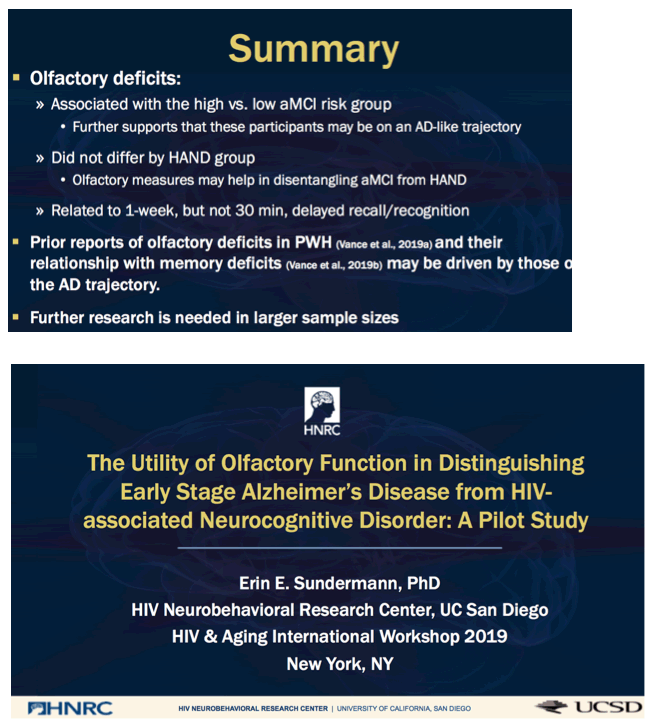
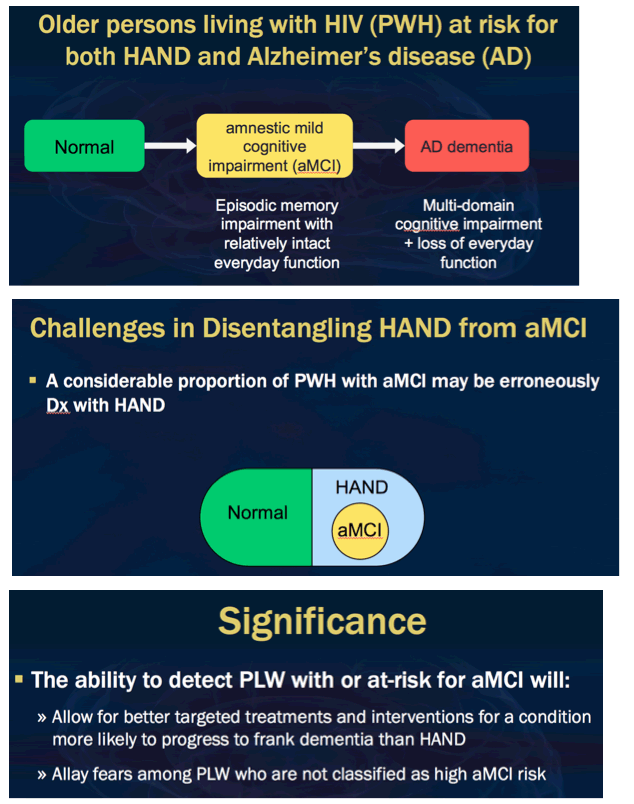
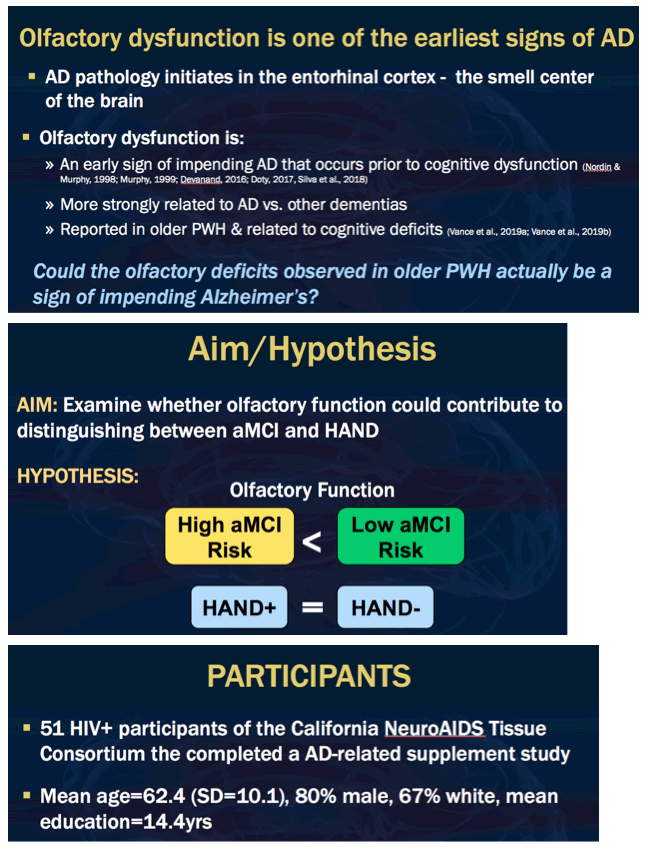

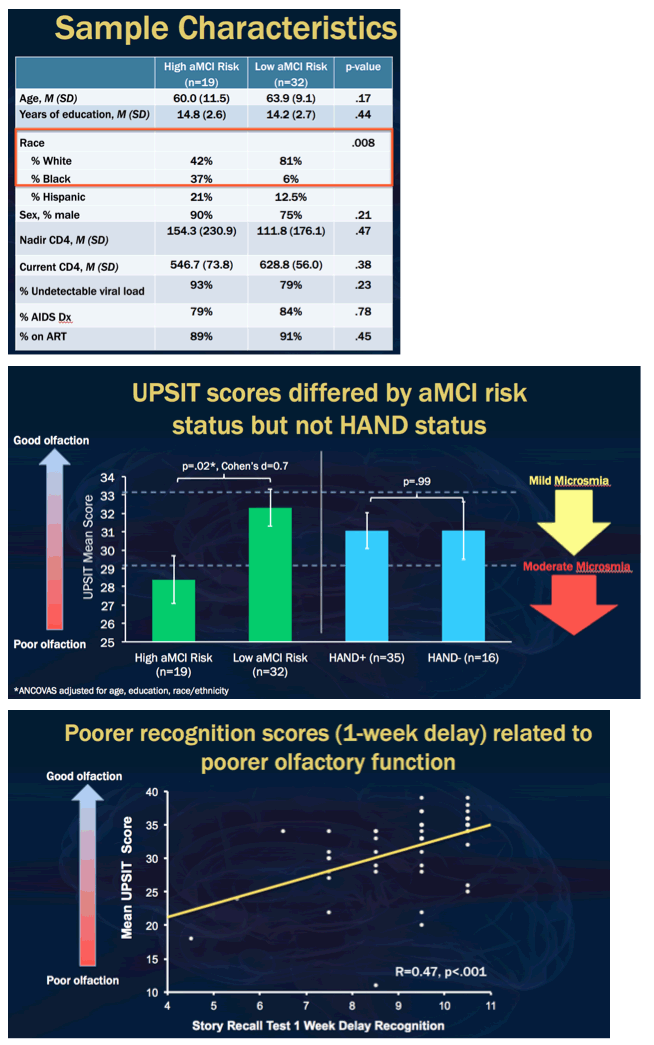
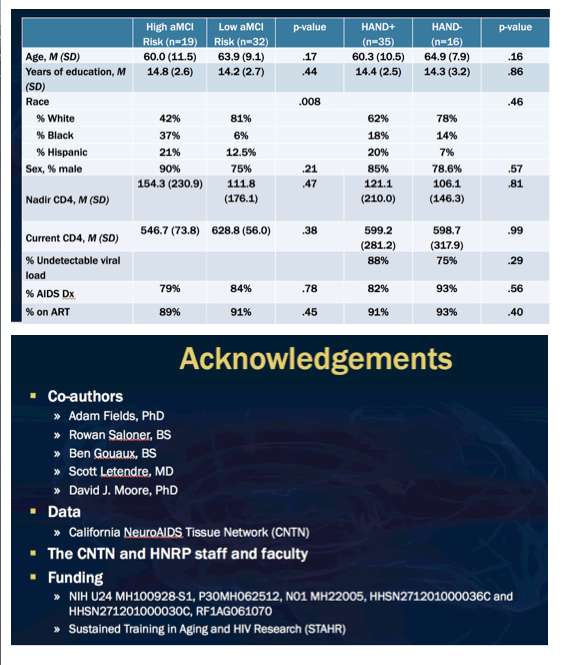
|
| |
|
 |
 |
|
|